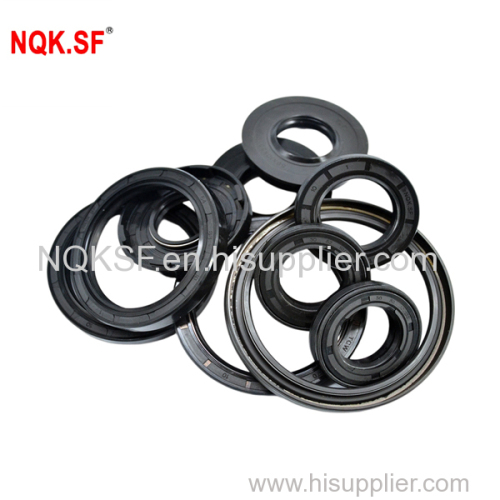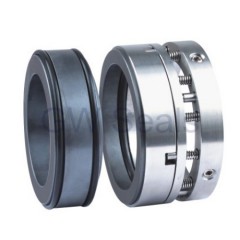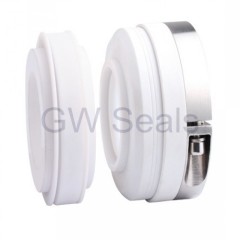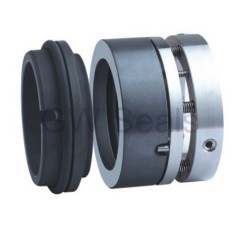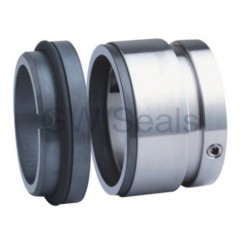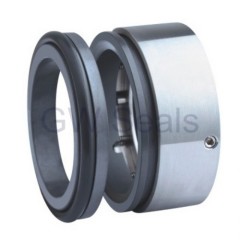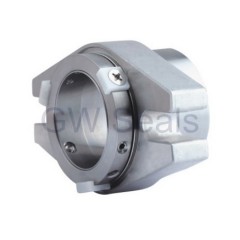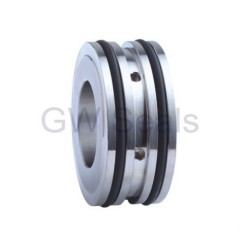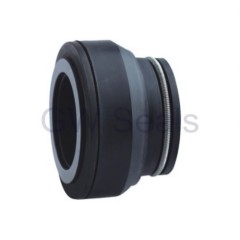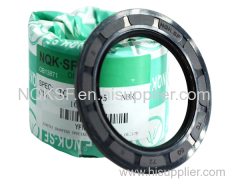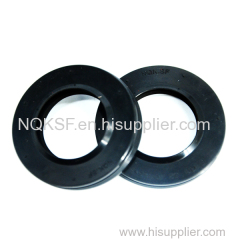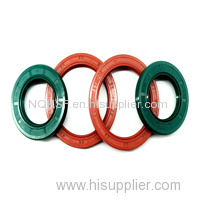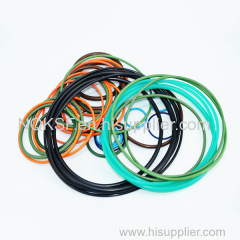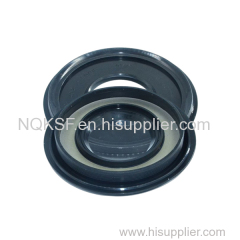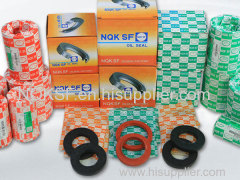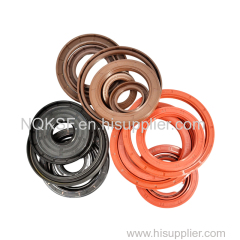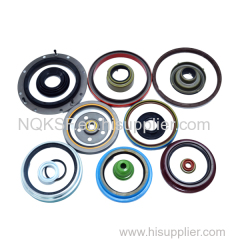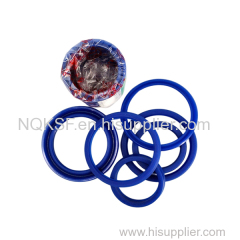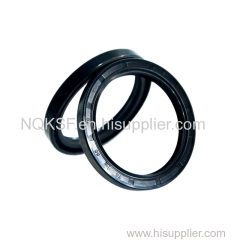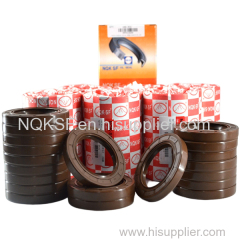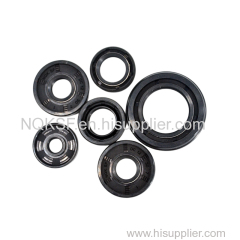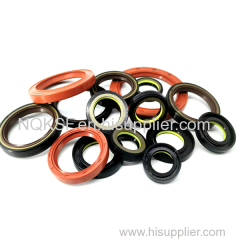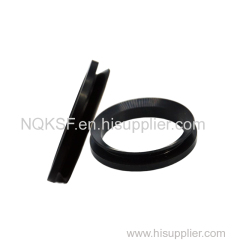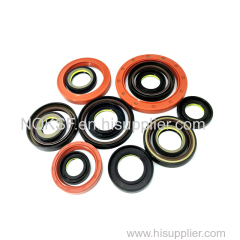|
Xingtai Shanfeng special rubber products Co., Ltd
|
Wear Resistance Rotary Shaft Lip Seals High Quality High Pressure Oil Seal
| Price: | 1.51 USD |
| Payment Terms: | T/T,L/C,D/A,D/P,WU |
| Place of Origin: | Hebei, China (Mainland) |
|
|
|
| Add to My Favorites | |
| HiSupplier Escrow |
Product Detail
Rotary shaft lip seals, commonly known as oil seals, play a crucial role in various mechanical systems. These seals are designed to prevent the le
Rotary shaft lip seals, commonly known as oil seals, play a crucial role in various mechanical systems. These seals are designed to prevent the leakage of lubricants and the ingress of contaminants, ensuring the smooth operation of machinery. This article explores the characteristics and advantages of rotary shaft lip seals from multiple perspectives.
1. Structural Composition
Rotary shaft lip seals typically consist of three main components: the sealing lip, the metal frame, and the garter spring. The sealing lip, usually made of elastomeric materials such as rubber, provides the primary sealing function. The metal frame offers structural support and rigidity, while the garter spring ensures consistent pressure on the sealing lip against the shaft.
2. Sealing Mechanism
The sealing mechanism of rotary shaft lip seals is based on the interference fit between the sealing lip and the rotating shaft. This fit creates a thin lubricating film that reduces friction and wear. The seal operates under a combination of dry friction, boundary lubrication, and hydrodynamic lubrication, which alternates depending on the operating conditions.
Advantages
· Effective Contaminant Exclusion: One of the primary advantages of rotary shaft lip seals is their ability to exclude contaminants such as dust, dirt, and moisture. This is particularly important in harsh environments where machinery is exposed to external elements.
· Lubricant Retention: These seals are highly effective in retaining lubricants within the machinery, preventing leaks that could lead to equipment failure. The retention of lubricants also ensures that the moving parts are adequately lubricated, reducing wear and extending the lifespan of the machinery.
· Versatility: Rotary shaft lip seals are versatile and can be used in a wide range of applications, including automotive, industrial, and agricultural machinery. They are available in various sizes and materials to suit different operating conditions and requirements.
· Cost-Effectiveness: Compared to other sealing solutions, rotary shaft lip seals are relatively inexpensive. Their simple design and ease of installation contribute to lower maintenance costs and reduced downtime.
· Adaptability to Shaft Misalignment: Modern rotary shaft lip seals are designed to accommodate minor shaft misalignments and eccentricities. This adaptability ensures that the seal maintains its effectiveness even when the shaft is not perfectly aligned.
While rotary shaft lip seals have proven to be highly effective in protecting machinery, advancements in material science and design continue to enhance their performance. As industries demand greater efficiency, seals with improved resistance to extreme temperatures, pressures, and chemical environments will become increasingly important. The future of rotary shaft lip seals lies in their ability to evolve and meet these emerging challenges, providing even greater reliability and longevity for mechanical systems. The adaptability of these seals ensures they remain a vital component in the machinery of tomorrow.

